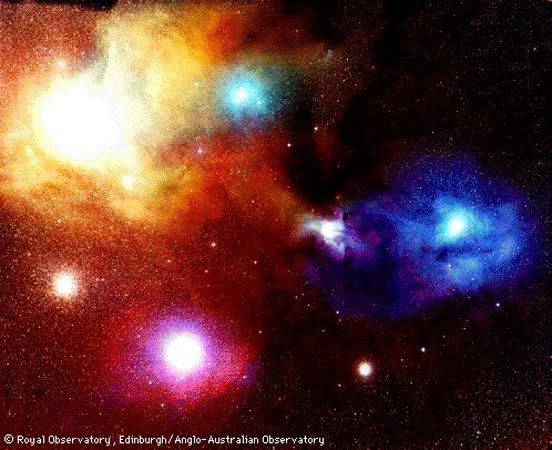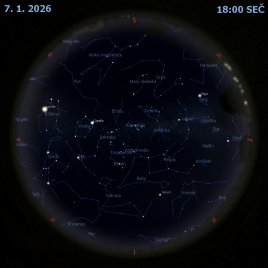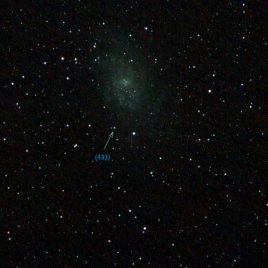Antares a Rho Ophiuchi

Uznání a copyright: D. Malin (AAO), AATB, ROE, UKS Telescope
Proč je obloha poblíž Antara a Rho Ophiuchi tak barevná? Barvy vyplývají ze směsi objektů a procesů. Jemný prach osvětlovaný zepředu světlem hvězd vytváří modré reflekční mlhoviny. Plynná mračna, jejichž atomy jsou vybuzeny ultafialovým světlem hvězd vytváří červenavé emisní mlhoviny. Podsvícená prachová mračna zaclání světlo hvězd a tak se jeví tmavé. Červený nadobr Antares, jedna z nejjasnějších hvězd noční oblohy, ozařuje žlutočervené mraky vlevo nahoře. Rho Ophiuchi leží ve středu modré mlhoviny napravo. Vzdálená kulová hvězdokupa M4 je viditelná právě pod Antarem a vlevo od červeného mračna jež zaplavuje hvězdu Sigma Scorpii. Tato hvězdná mračna jsou dokonce barevnější než mohou lidské oči uvidět, vyzařují světlo napříč elektromagnetickým spektrem.
NASA Official: Phillip Newman Specific rights apply. NASA Web Privacy Policy and Important Notices
A service of: ASD at NASA / GSFC & Michigan Tech. U.
Odkaz na originální APOD


